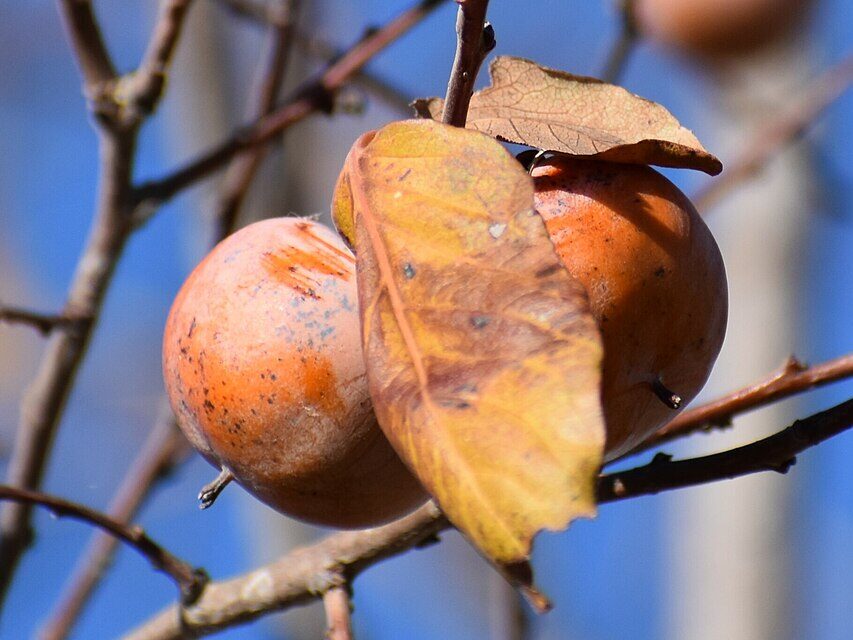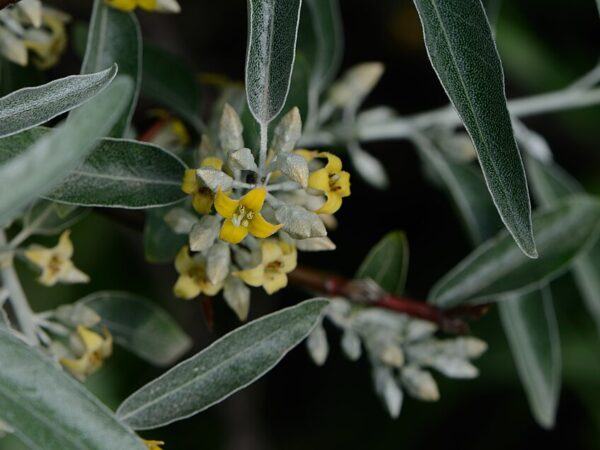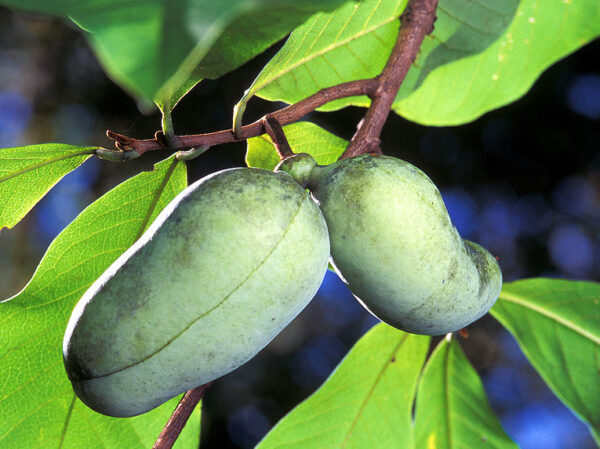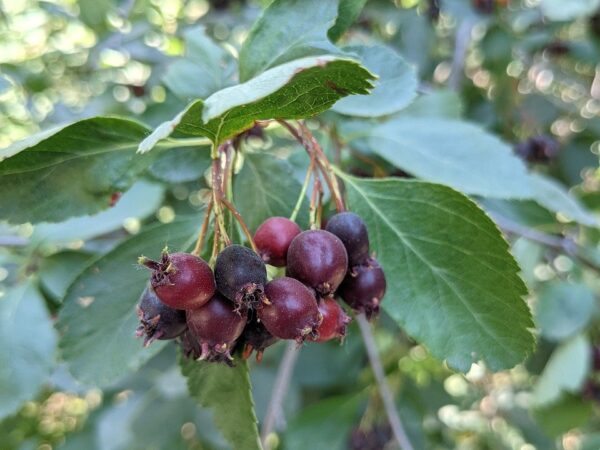Your cart is currently empty!
Additional Info
Pawpaw growing guide:
Cold stratifying seeds using the paper towel method:
Studies:
North American Pawpaw fruit: A critical review of bioactive compounds and their bioactivities
Description
I brought in Common (American) Persimmon tree seeds because, well, I’m originally American and have the corresponding sweet tooth – who wouldn’t want a fruit that tastes like dates, and honey, and a touch of apricot? Plus – just look at that autumn colour!
I also have a goal to be as close to self-sufficient as one can be on a little acre. The two things we’ll struggle with is fats and sugars – the persimmon is good for both – yielding a seed oil that is said to taste similar to peanut oil.
Native to central and eastern North America, this tree delivers sweet, orange fruits prized both by wildlife and humans patient enough to wait for full ripeness. The fruit starts out astringent but softens into a luscious, jelly-like treat when ripe – perfect for syrups, desserts, or a natural sweetener. By ripe, we mean overripe. Soft like a tomato ripe. Pudding like consistency ripe.
Diospyros virginiana is adaptable, hardy, and surprisingly low-maintenance. It thrives in a range of climates similar to much of New Zealand’s temperate zones, tolerating a variety of soils and weather conditions, including occasional frost down to around -15°C.
The technical bits –
Diospyros virginiana is a medium-sized deciduous tree, growing 9-18 metres tall with a rounded oval crown spreading 6-11 metres wide. Its bark is thick, rough, and distinctive, making it easy to recognize, especially in winter. Leaves are simple, alternate, and oval, with serrated edges turning showy red or yellow in autumn. Small, whitish flowers bloom in spring, with male and female flowers typically on separate trees – meaning if you want fruit, plant at least two for effective pollination.
Fruit is a 2.5 – 7.5 centimetres round berry, orange when ripe and loaded with flavour. The fruit, twigs, and leaves do create some litter, which is something to consider when planting in recreational or high-traffic areas or when planning for your permaculture garden.
Growing tips and germination –
The American Persimmon prefers full sun but can tolerate partial shade. It adapts well to various well-drained soils typical of many New Zealand gardens, with moderate drought tolerance once established. Seeds require cold stratification – about 3 – 4 months of moist, cool conditions (1 – 5°C) – to break dormancy, followed by warmth for germination. Germination tends to be slow and uneven, so patience is essential. Plant multiple seedlings to help ensure healthy trees and both sexes for fruit production.
Whether you want a wildlife-friendly, distinctive fruiting species for your garden, or a striking tree with year-round interest, Diospyros virginiana is well worth considering. Plus, there’s nothing quite like the sweet surprise of harvesting your own persimmons in autumn.





